A fuel gauge shows how much fuel is in your car and how long it will last. And it may mistakenly indicate no more gas in the fuel tank when you have a lot left.
So, why is my fuel gauge reading empty when the tank is full?
The fuel gauge reading “empty” is due to the float being disconnected from the sensor arm, which prevents an accurate reading or an absent signal from the sensor.
In this article, we will explore some reasons why this error occurs. All you need to do is follow the steps given below to fix the problem.
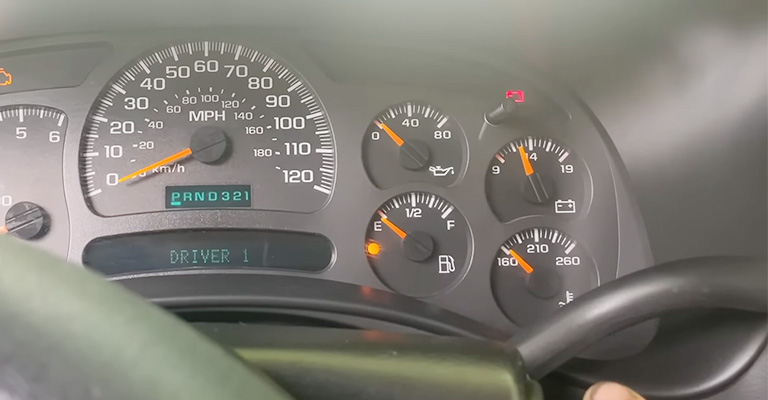
Fuel Sensors and Gauges − How Accurate Are They?
Fuel sensors and gauges are complex systems. A fuel gauge should consider several factors to measure and indicate your fuel level accurately.
Outside of a few exceptions, the fuel gauge is extremely accurate if it works properly.
When the Tank Is Full
The first occurs when the tank is filled. You may have noticed that the fuel gauge doesn’t immediately begin to increase after refueling because of its sensor location within the tank.
Car manufacturers usually install the float gauge to close the top of the fuel tank rather than at the highest top. Because of this chasm, a slight lag will occur before the reading is displayed.
When the Tank Is Empty
The second situation involves a nearly empty gas tank. Many float gauges cannot reach the tank’s bottom.
So, the gauge can say “empty” even if there’s still some gas in the tank.
When Driving Uphill
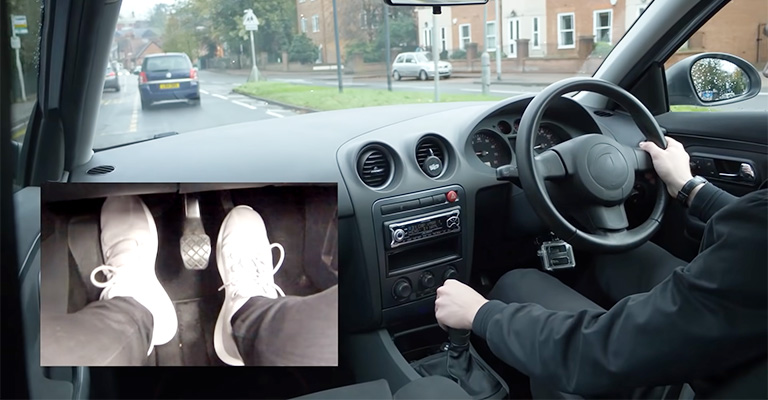
Finally, any incline will cause an inaccurate reading. Your fuel gauge will remain in the same place, but the fuel will gravitate to the car’s lowest point.
The sensor’s location near the fuel tank’s lower half will give a false impression that more fuel is available than is the case.
And if it’s near the fuel tank’s top, it’ll show you have less. Get the car back on a flat surface, and the reading should be correct.
Reasons for Fuel Gauge Reading Empty When Tank Is Full
These are the most common causes of a false, empty fuel gauge reading.
Missing Float from the Arm
It’s a small piece of plastic that records the fuel level in the tank when you refuel.
It’s attached to the fuel tank’s sensor arm, and its only purpose is to float in fuel. A missing float will screw up your gauge by giving a false reading.
Stucked Float in a Particular Position
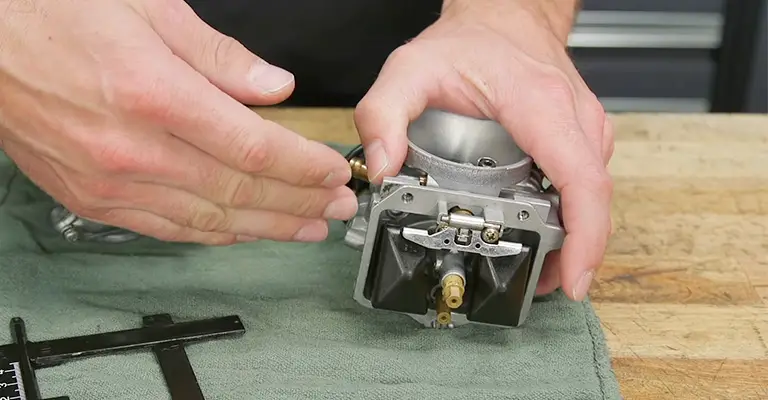
Float is designed to stay within a certain range. If the float wanders beyond this range, it will not be able to swipe the contacts on the gauge’s sensor arm.
Damaged Sensor Arm
The sensor arm receives signals from the float and relays them to the gauge. If it’s damaged, it won’t send the proper signals.
Disconnected or a Faulty Power Source
The power source completes a circuit between the fuel tank and the sensor arm, but it can come loose or be disconnected due to faulty wiring.
A blown fuse can cause the gauge to read “empty” even though you still have fuel in the tank.
Faulty Gauge
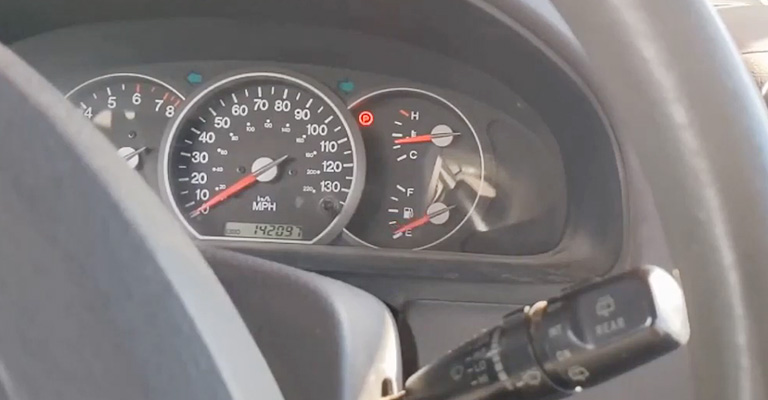
If the sensor and arm are working, but the fuel gauge still displays an inaccurate reading, it may be faulty.
The part is not broken but gives wrong readings because of the faulty sending unit or gauge.
Fuel Gauge Reading Empty When Tank Is Full? − How to Fix Guide
Follow the steps to fix the problem −
Necessary Gears for the Job
- Multi-meter
- Car’s service manual
- Spray for cleaning electronics
- Fuel system cleaning products
Auto troubleshooting
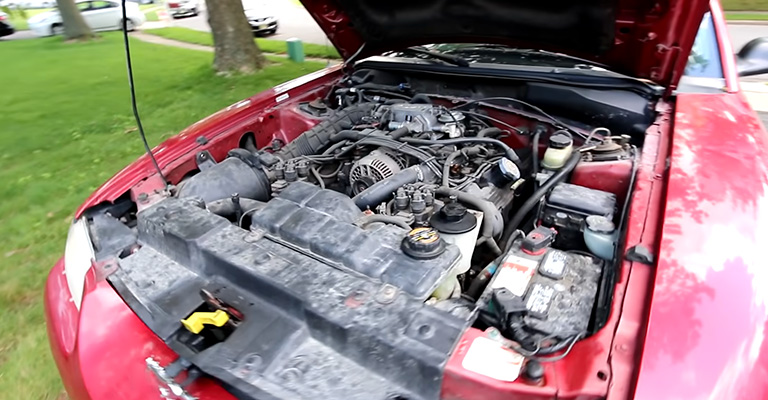
Get going with the basic stuff first. To self-test, the functionality of your vehicle’s instrument cluster, follow the directions in your owner’s manual.
This typically involves a series of actions, such as turning on the headlamps and pressing the odometer switch at start-up, which checks the functionality of all the gauges and lights on the dashboard.
Turning the key on-off two-three times may be the standard in newer cars, but older models may require a different sequence.
The fuel gauge is broken if the needle doesn’t fully sweep. If the self-test passes without hiccups, you can proceed.
Check the Fuses
Pull the cover off the fuse box and inspect the fuse that powers the instrument panel. If it has been blown, you should get a new one.
If you’re experiencing problems with multiple fuel gauges, starting here is where you should look for answers. The fuel pump unit and the fuel gauge should be checked unless the fuse is fine to go.
Clean the Sending Unit
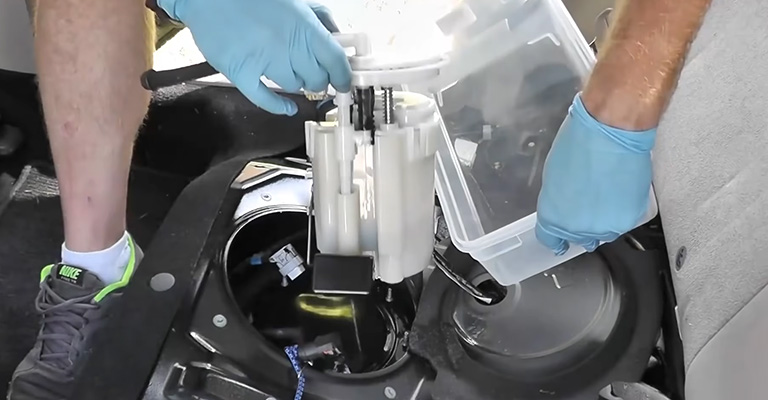
Fill the tank with gas and check the fuel-sending unit. Test the resistance with a multimeter. In old gauge with analog dials, understanding how the gauge functions are essential due to variations in electrical conductance across manufacturers.
For instance, the resistance on a full tank for a Ford fuel-sending unit is almost zero, whereas the same-year GM-sending unit has the highest resistance.
Here, you should check your repair manual for instructions.
The culprit is located if the measured resistance differs by more than a few ohms. Instead of spending a lot of money on a new fuel-sending unit, try cleaning the system first.
While there may be no such thing as a “miracle in a bottle,” many people have claimed that an $8 cleaner fixed the problem with their fuel-sending unit or gauge on online car discussion forums.
The sending unit’s float could have been corroded by sulfur from low-grade fuel, but using the fuel system cleaner could fix the problem.
GM recommends using fuel system cleaner for a stuck sending unit, as detailed in their TSB #06-00-89-07BB.
Voltage Check of the Gauge
Fuel gauge voltage testing can be quick and easy. Use the procedures in your repair manual to remove the instrument cluster from the dashboard, but be careful not to damage the plastic dashboard or trim.
Check the gauge’s wiring by setting the multi-meter to 20V DC. Theoretically, it should be powered by 12 V.
If the voltage is fine, the gauge is faulty or damaged. You can order a new one from the manufacturer or purchase an aftermarket alternative.
If the voltage is low, you should continue the diagnosis to see if the problem is with the wiring.
Fix Any Wiring Issue
If you’ve already checked the obvious places for problems, it may be a case of corroded wiring or a grounding issue. Examining the fuel pump’s connection to the fuel gauge’s wiring is simple but time-consuming.
Adjust the tightness if necessary. Use contact cleaner if it gets dirty. The wiring should be replaced if it has corrosion or insulation wear.
Frequently Asked Questions
Is there a button to reset the fuel?
The fuel shut-off switch is a reset button for the fuel pump that allows gas to flow into the engine, ensuring safety. A minor collision could cause the fuel pump to shut off, and you won’t be able to start the vehicle even though the engine turns over.
How can I reset the sensor in my fuel gauge?
Turn the car back on by pressing and holding the Trip or Odo button. Hold the button and flip the switch to the “ON” position. After the car has turned back on, keep the button pressed for two more seconds.
What Is the cost of fixing a fuel gauge?
A fuel gauge repair part can be purchased for anywhere from $50-$200, depending on the make and model of the vehicle. If you go to a service center, you should budget between $200-$300 for labor if you purchase the gauge yourself.
Can a faulty fuel gauge be driven?
Failing your fuel gauge will not prevent your engine from starting or decrease your vehicle’s performance. You can simply escape the enormous inconvenience of leaving your car stranded on the side of the road or walking to the gas station.
Which sensor regulates the fuel gauge?
In all automobiles, the fuel level is indicated by a fuel level sensor or FLS. Fuel levels can be detected using several techniques, including ultrasonic, capacitive, and resistive film. The vast majority of these sensors are resistive types.
Final Thoughts
The fuel gauge reading empty when the tank is full can be a confusing and concerning problem. Take time to check the components and address why is my fuel gauge reading empty when the tank is full.
Mostly it is usually caused by a few simple things, such as a faulty float, incorrect calibration, a defective fuel level sensor, or a failing fuel pump.
Understanding the different components in the fuel pump and tank can prevent this issue from occurring again. Regular inspection and maintenance of the components are essential to ensure the system works properly.
Leave a Reply